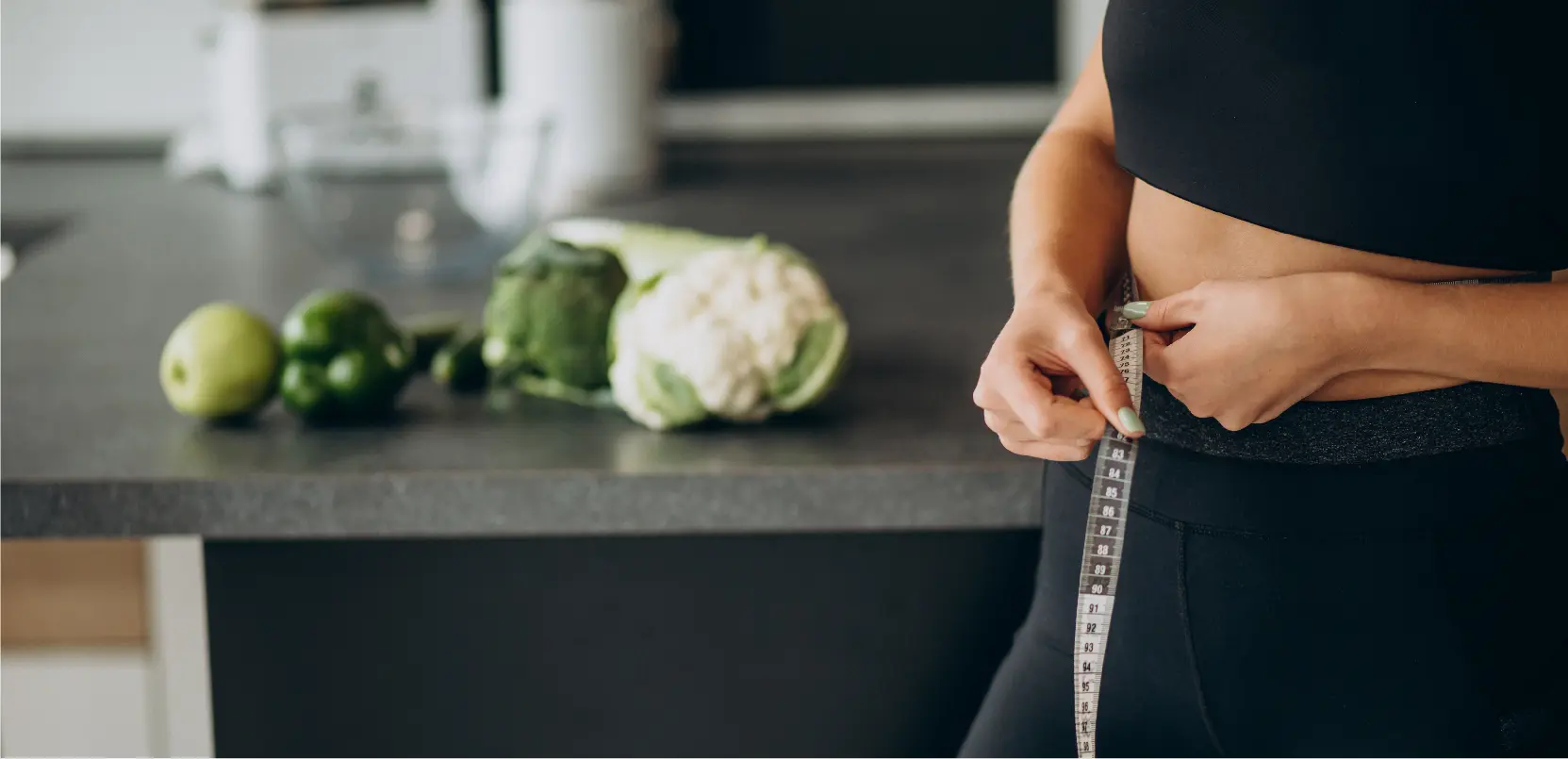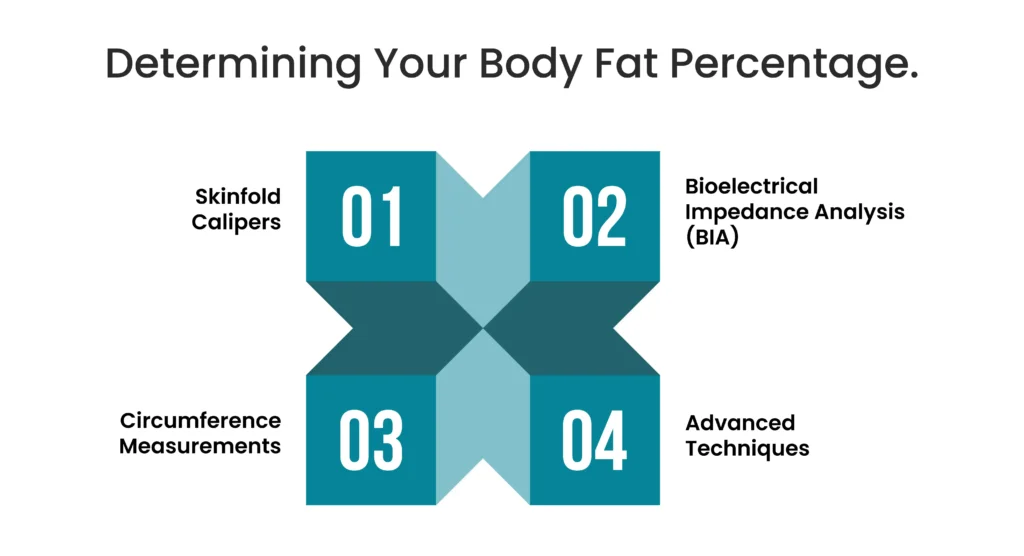

Ever stepped on the scale, seen the number drop, but still felt like something wasn’t changing? Frustrated that your clothes don’t fit any better? Wondering if all your hard work is even paying off? Let’s talk about what’s a good body fat percentage – the missing piece of the fitness puzzle.
Forget complex formulas or expensive gym equipment. In this blog, I’ll break down exactly how to determine your body fat percentage and give you simple, actionable steps to reach your goals. Get ready to say goodbye to guesswork and hello to lasting results.
The number on the scale can be incredibly misleading. Two people can weigh the same but have completely different body compositions. One person might have a higher percentage of muscle mass, while the other could have a higher percentage of body fat.
Muscle is denser than fat, so it takes up less space. This means that a fit, muscular person could weigh the same or even more than someone who is less active and carries more body fat.
Focusing solely on weight won’t give you a true picture of your health and fitness progress. Body fat percentage, on the other hand, gives you a much clearer idea of how much of your body is lean mass versus fat mass, offering a more accurate indicator of overall health.
Feature | Body Fat Percentage | BMI |
What it Measures | % of body weight that is fat | The ratio of weight to height |
Accuracy | More accurate picture of body composition | It can be misleading, especially for muscular individuals |
Health Implications | Stronger link to health risks like heart diseases, diabetes | Less reliable indicator of health risks |
BMI, or Body Mass Index, is a common health metric, but it has a big blind spot – it doesn’t tell you about your body composition. A muscular athlete could have the same BMI as someone with very little muscle and a high amount of body fat.
That’s where body fat percentage steps in. It reveals exactly how much of your weight comes from fat vs. lean mass (muscle, bone, etc.). This gives you a much more accurate understanding of your physique and overall health risks.
Healthy body fat percentages vary depending on your age and sex. Here’s a general guide:
Age Range | Fat % In Men | Fat % in Women |
20-39 yrs | 8-9% | 21-32% |
40-59 yrs | 11-21% | 23-33% |
60-79 yrs | 13-24% | 24-35% |
There are several ways to estimate your body fat percentage. They range from simple at-home methods to more sophisticated techniques requiring specialized equipment. Here’s a breakdown of the most common methods:

These methods are typically used in research settings or by fitness professionals:
Achieving a healthy body fat percentage doesn’t have to be complicated or overwhelming. Small, sustainable changes can make a big difference over time. Here are some simple strategies you can start implementing today:
Focus on Your Plate
Get Moving
Lifestyle Changes
Remember:
Weight alone tells you very little about your health or fitness. Body fat percentage gives you the real story. Understanding where you stand with your body fat percentage empowers you to make smart choices about your diet and exercise for optimal results.
Whether your goal is improved health, better athletic performance, or simply feeling your best, focusing on body fat percentage is a key part of the equation. Remember, it’s about progress, not perfection. Be patient, be consistent, and celebrate every step forward on your journey to a healthier, fitter you!
Talk to an Expert Now